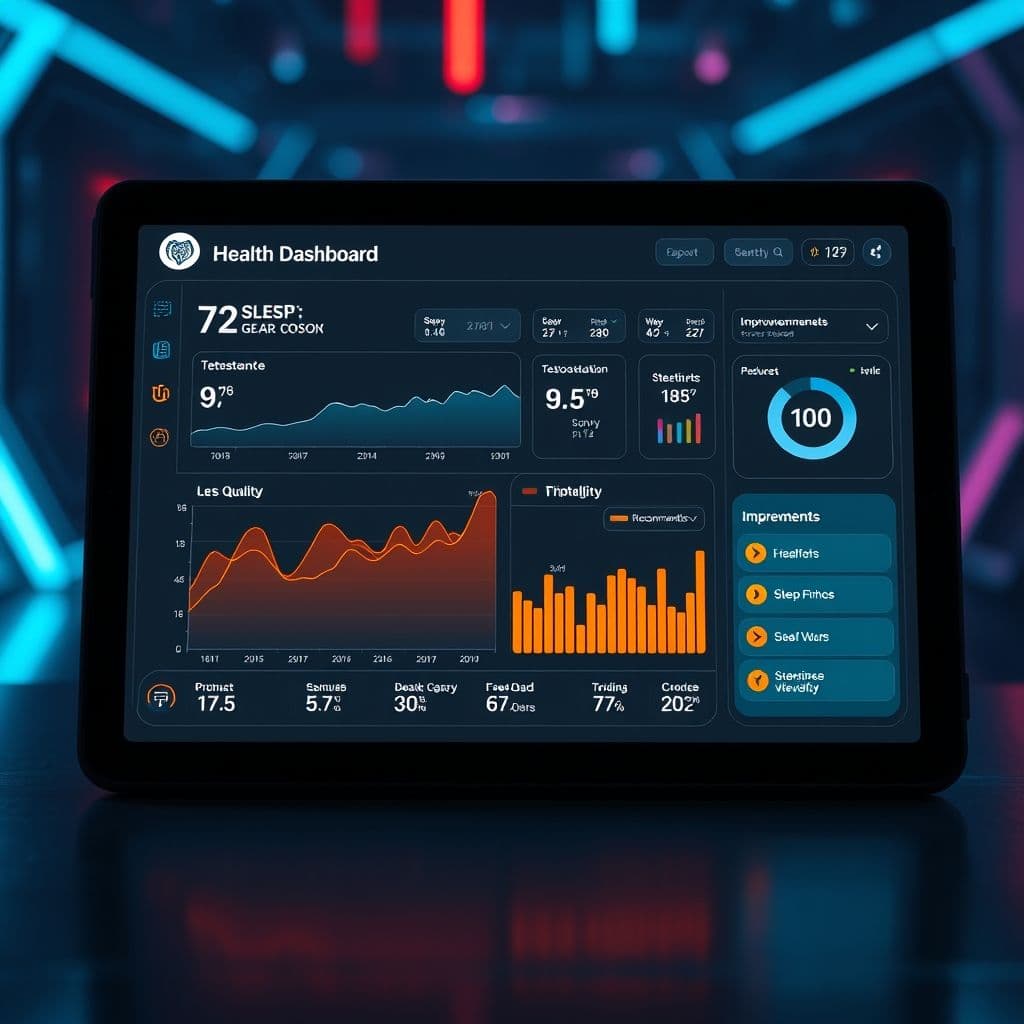How a SaaS Solution Could Revolutionize Men's Hormonal Health and Burnout Recovery

Modern masculinity faces a silent epidemic - chronic burnout masked as normal fatigue. While women's hormonal health receives significant attention, millions of men suffer unexplained exhaustion, emotional numbness, and cognitive fog with few solutions. Traditional healthcare often dismisses these symptoms when blood tests appear 'normal,' leaving sufferers trapped in a cycle of energy drinks and frustration. Could a specialized SaaS platform bridge this gap in men's wellness?
The Hidden Crisis: Male Burnout and Hormonal Dysfunction
Unlike dramatic breakdowns, male burnout manifests through subtle yet debilitating symptoms: chronic fatigue unrelieved by sleep, disappearing motivation, social withdrawal, and memory lapses. Comments from sufferers reveal years-long struggles - 'Been burnt out since I was 12, I'm 20' and 'Haven't been happy in 10+ years.' The root cause often lies in hormonal imbalances, particularly testosterone and cortisol dysregulation, yet standard medical tests frequently miss these nuances. Patients report doctors dismissing their concerns despite life-altering symptoms.

SaaS Solution Blueprint: Personalized Hormonal Wellness Platform
A hypothetical SaaS platform could transform men's health by combining symptom tracking with advanced biomarker analysis. Imagine an AI-driven dashboard that: 1) Guides users through comprehensive symptom assessments beyond standard blood panels, 2) Correlates lifestyle factors (sleep, stress, nutrition) with hormonal patterns using machine learning, 3) Connects users with hormone-literate practitioners through a vetted network. The system would educate users about lesser-known hormonal connections while avoiding medical claims, positioning itself as a wellness navigation tool.
Key differentiators would include male-specific algorithm tuning (recognizing that testosterone fluctuations affect men differently than women's cycles), privacy-focused design for sensitive health data, and integration with wearable devices to track real-world symptom triggers. The platform could offer tiered access - from basic education about hormonal health to premium concierge services coordinating with functional medicine providers.

Real-World Applications: From Corporate Burnout to Athletic Performance
Such a platform could serve diverse user segments: corporate professionals battling chronic stress, athletes optimizing recovery, middle-aged men navigating andropause, or young adults with early-onset burnout. In workplace settings, anonymized aggregate data could help HR departments identify burnout risk factors without compromising privacy. For fitness enthusiasts, the system could differentiate between overtraining syndrome and hormonal deficiencies - a crucial distinction currently requiring expensive specialist consultations.
Conclusion
While no single solution can eliminate the complex societal factors contributing to male burnout, a specialized SaaS platform could empower men to understand and address the physiological components often overlooked in conventional healthcare. By combining education, personalized data analysis, and vetted professional connections, such a tool might help break the cycle of misdiagnosis and frustration expressed by countless commenters. The real innovation lies not in replacing medical care, but in creating an accessible on-ramp to appropriate treatment.
Frequently Asked Questions
- Would this SaaS platform diagnose medical conditions?
- No, the hypothetical platform would serve as an educational and navigation tool, helping users identify potential hormonal patterns and connect with appropriate professionals for formal diagnosis and treatment.
- How would this differ from existing health apps?
- It would specialize in male hormonal patterns with tailored algorithms, focus on bridging the gap between standard blood tests and subtle symptoms, and maintain a curated network of hormone-aware practitioners rather than offering generic advice.
- What privacy measures would protect sensitive health data?
- The conceptual platform would employ enterprise-grade encryption, allow pseudonymous usage, and give users granular control over data sharing, particularly important for workplace wellness applications.


